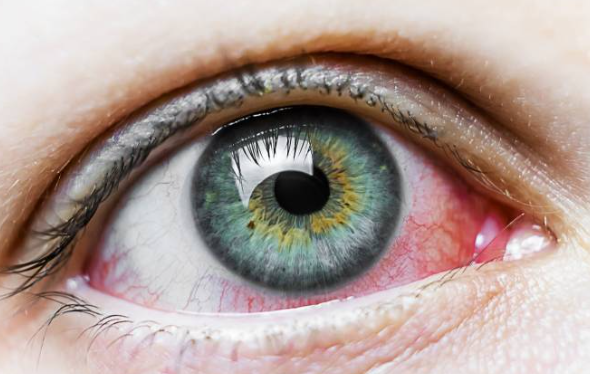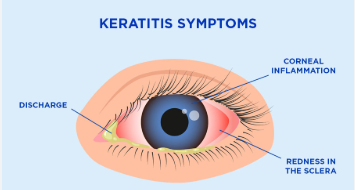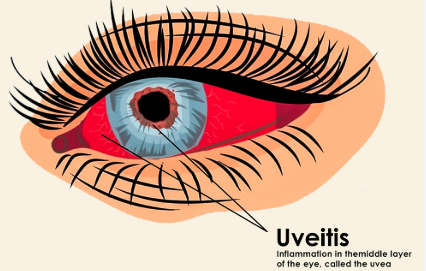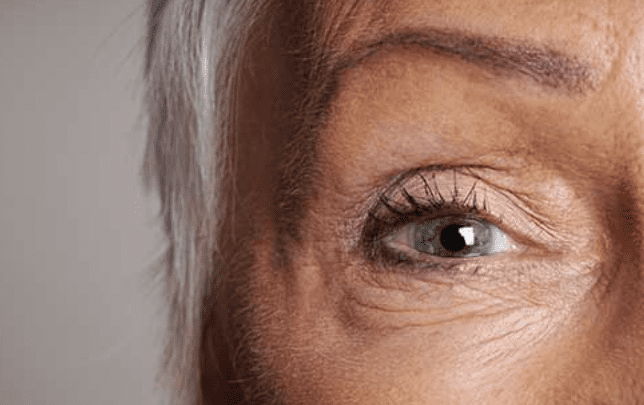Introduction
Fibromyalgia is a chronic condition known for causing widespread pain, fatigue, cognitive issues, and heightened sensitivity to stimuli. However, many people with fibromyalgia also experience eye-related symptoms, including dry eyes, blurred vision, and light sensitivity. One lesser-known but problematic issue is conjunctivitis, also known as “pink eye.”
Conjunctivitis can cause eye redness, irritation, discharge, and discomfort, which may be worsened by fibromyalgia’s immune dysfunction and nervous system hypersensitivity. Understanding the connection between fibromyalgia and conjunctivitis symptoms can help in better management and relief.
1. What is Conjunctivitis?
Conjunctivitis is an inflammation or infection of the conjunctiva, the thin membrane covering the white part of the eye and the inside of the eyelids. It may be caused by infections, allergies, dry eye syndrome, or irritants.
Types of Conjunctivitis:
✔ Viral Conjunctivitis – Caused by viruses (e.g., adenovirus), spreads easily, and leads to watery discharge, redness, and irritation.
✔ Bacterial Conjunctivitis – Caused by bacteria (e.g., Staphylococcus, Streptococcus) and produces thicker, yellow-green discharge.
✔ Allergic Conjunctivitis – Triggered by allergens (pollen, dust, pet dander) and leads to itching, swelling, and watery eyes.
✔ Irritant Conjunctivitis – Caused by smoke, chemicals, or dry eyes, leading to redness and burning sensation.
2. How is Conjunctivitis Linked to Fibromyalgia?
2.1 Immune System Dysfunction
✔ Many people with fibromyalgia experience weakened immune function, making them more prone to recurrent infections, including viral or bacterial conjunctivitis.
✔ Autoimmune issues often overlap with fibromyalgia, and conditions like Sjögren’s syndrome (which causes dry eyes) may increase the risk of irritation and inflammation in the eyes.
2.2 Chronic Inflammation
✔ Fibromyalgia is associated with systemic inflammation and oxidative stress, which may worsen eye irritation and inflammation.
✔ Inflammation can make the conjunctiva more sensitive, leading to prolonged symptoms or chronic conjunctivitis-like discomfort.
2.3 Dry Eye Syndrome
✔ Many fibromyalgia patients suffer from chronic dry eyes, due to dysfunction of the nervous system and reduced tear production.
✔ Dry eyes increase the risk of conjunctivitis, as lack of moisture makes the eyes more vulnerable to infections and irritation.
2.4 Nervous System Sensitivity
✔ Fibromyalgia involves dysregulation of the autonomic nervous system, which can lead to exaggerated pain perception and hypersensitivity to irritants.
✔ Even mild eye irritation from allergens, pollution, or contact lenses may feel more intense for individuals with fibromyalgia.
2.5 Medication Side Effects
✔ Many medications used to treat fibromyalgia (antidepressants, muscle relaxants, or pain relievers) can cause dry eyes, blurred vision, or increased sensitivity, leading to higher risk of eye irritation and conjunctivitis-like symptoms.
3. Common Symptoms of Conjunctivitis in Fibromyalgia
People with fibromyalgia who experience conjunctivitis may have exaggerated or prolonged symptoms due to their heightened pain sensitivity and immune dysfunction.
Typical Symptoms Include:
✔ Red or bloodshot eyes (increased inflammation in the conjunctiva).
✔ Burning, stinging, or gritty sensation in the eyes.
✔ Excessive tearing (watery discharge) or thick mucus-like discharge.
✔ Swelling of the eyelids and sensitivity to light.
✔ Blurry vision or difficulty focusing due to eye irritation.
✔ Itchy eyes (common in allergic conjunctivitis).
✔ Feeling of dryness or scratchiness in the eyes.
These symptoms can range from mild to severe and may last longer than usual due to the underlying nervous system dysfunction and immune dysregulation in fibromyalgia.
4. How Conjunctivitis Affects People with Fibromyalgia
4.1 Increased Discomfort and Fatigue
✔ Eye irritation and inflammation can worsen overall fibromyalgia fatigue.
✔ Increased eye sensitivity may cause discomfort when reading, using screens, or being in bright light.
4.2 Difficulty Sleeping
✔ Itchy or burning eyes can make it harder to fall asleep, leading to more fatigue and worsening fibromyalgia symptoms.
4.3 Higher Risk of Recurrent Infections
✔ Weakened immunity in fibromyalgia may lead to frequent bouts of conjunctivitis or prolonged healing times.
4.4 Emotional Distress
✔ Persistent eye irritation can contribute to stress, frustration, and anxiety, which may further worsen fibromyalgia symptoms.
5. Managing and Treating Conjunctivitis in Fibromyalgia
Although conjunctivitis can be bothersome, there are several ways to relieve symptoms and reduce flare-ups.
5.1 Improve Eye Hygiene
✔ Wash hands frequently to prevent bacterial or viral infections.
✔ Avoid touching or rubbing the eyes to prevent further irritation.
✔ Replace old makeup and contact lenses to avoid contamination.
5.2 Use Lubricating Eye Drops
✔ Artificial tears can help relieve dryness and irritation.
✔ Preservative-free drops are best for sensitive eyes.
✔ For allergic conjunctivitis, antihistamine eye drops may help.
5.3 Apply Warm or Cold Compresses
✔ Warm compresses help loosen thick discharge in bacterial conjunctivitis.
✔ Cold compresses reduce swelling and itching in allergic conjunctivitis.
5.4 Stay Hydrated and Improve Nutrition
✔ Drink plenty of water to keep eyes hydrated.
✔ Eat omega-3-rich foods (salmon, flaxseeds) to reduce inflammation and promote eye health.
✔ Increase vitamin A (carrots, leafy greens) for better eye function.
5.5 Reduce Eye Strain and Screen Time
✔ Follow the 20-20-20 rule: Every 20 minutes, look at something 20 feet away for 20 seconds.
✔ Adjust screen brightness and contrast to reduce eye fatigue.
✔ Use blue light-blocking glasses when working on screens for extended periods.
5.6 Manage Fibromyalgia Symptoms Holistically
✔ Improve sleep quality to support immune function and eye health.
✔ Reduce stress and inflammation with yoga, meditation, or deep breathing exercises.
✔ Consider magnesium and vitamin D supplements, as deficiencies are common in fibromyalgia and may worsen inflammation and nerve hypersensitivity.
6. When to See a Doctor
Seek medical attention if:
✔ Symptoms persist for more than two weeks or worsen over time.
✔ Eye pain, severe redness, or vision changes occur.
✔ You experience sensitivity to light and worsening headaches.
✔ There is thick yellow or green discharge, indicating a bacterial infection.
A doctor may recommend prescription eye drops, antihistamines, or antibiotic treatment if necessary.
7. Conclusion: Managing Conjunctivitis in Fibromyalgia
Conjunctivitis symptoms in fibromyalgia can be frustrating and persistent due to immune dysfunction, nervous system hypersensitivity, and chronic dry eyes. However, by practicing good eye hygiene, using lubricating eye drops, reducing eye strain, and improving overall fibromyalgia management, symptoms can be effectively controlled.
Would you like personalized natural remedies or supplement suggestions for managing eye health in fibromyalgia?

Click Here to Visit the Store and find Much More….
For More Information Related to Fibromyalgia Visit below sites:
References:
Fibromyalgia Contact Us Directly
Click here to Contact us Directly on Inbox
Official Fibromyalgia Blogs
Click here to Get the latest Chronic illness Updates
Fibromyalgia Stores




